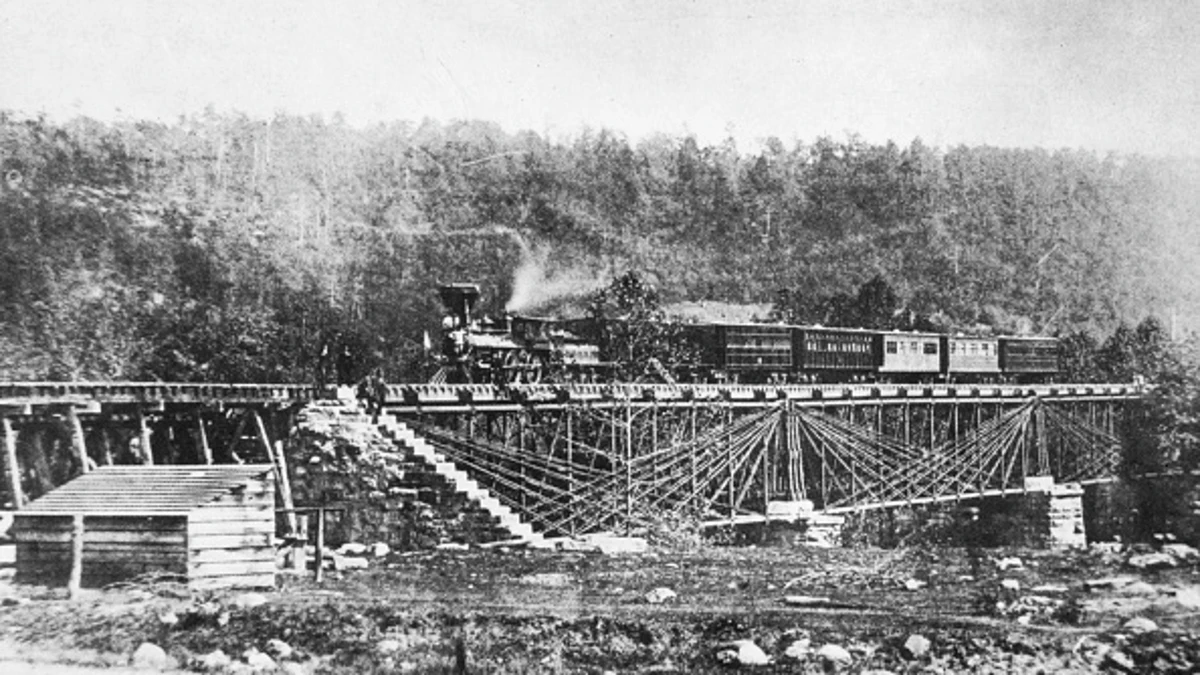
He baltimore bridge It is, like many of the country’s infrastructures, very old, as the journalist explained Sandro Pozzi in Al Rojo Vivo. His work began in 1972 and was completed in 1977. This steel structure was named after a lawyer Francis Scott Key, who worked in the Frederick, Maryland and Washington area. This professional, despite oppose the war against the British in 1812, played an important role in the conflict by reporting the enemy’s artillery positions thanks to his knowledge of the area. But his real achievement was the rescue of a beloved local doctor, William Beaneswhich had been captured by the British, points out the website of the american government.
Beyond their war stage, Scott was a poetry aficionado. Proof of this are the letters that he dedicated to his sister. Anne Phoebe Charlton Key. In it he reflected that he reflects on the “brilliant hours” he spent with her in the family plantation, a business “maintained by slave labor called Terra Rubra,” says the aforementioned website. The question of slavery in this character is contradictory, since there were times when fought to eliminate it, to the point of defending slaves, but others dedicated themselves to proliferating it by buying people. According to the aforementioned website, in 1820 he had a total of six slaves.
But his passion for poetry was not only expressed in texts to his sister. Also in the United States’ national anthem. Francis Scott Key was the author of the lyrics.. According to the United States Government, the lawyer pronounced the text at the time of “a battle over Great Britain in the War of 1812, a moment in which the soldiers Americans raised a big flag of his country in Fort McHenryin Baltimore (Maryland) on September 14, 1814“. The beginning of the text called “Defense of Fort McHenry” says the following, according to the Poetry Foundation:
“Oh! say you can see, by the early light of dawn,
What we so proudly hail in the last glow of twilight,
Whose broad stripes and bright stars through the perilous struggle,
Over the walls we saw, so gallantly did they flow?
And the red glow of the rockets, the bombs exploding in the air,
They gave proof through the night that our flag was still there –
Oh! Tell me, does that star-spangled flag still fly
“Over the land of the free, and the home of the brave?”
The first printing of the poem dates back to September 17, 1814. But in that first copy it was already the name was changed to “broaden the song’s appeal to the entire nation” with “The Star-Spangled Banner.” However, it was not performed as an anthem until 1862, during a professional sporting event in Brooklyn, New York. There, a band had been hired to open a new baseball stadium. Almost 70 years later, an act of Congress officially became the anthem, with the opposition of prohibitionists, nationalists, pacifists and even music teachers, says the aforementioned source. Although the original text has three verses, only one is sung.
Source: Lasexta
Ricardo is a renowned author and journalist, known for his exceptional writing on top-news stories. He currently works as a writer at the 247 News Agency, where he is known for his ability to deliver breaking news and insightful analysis on the most pressing issues of the day.












